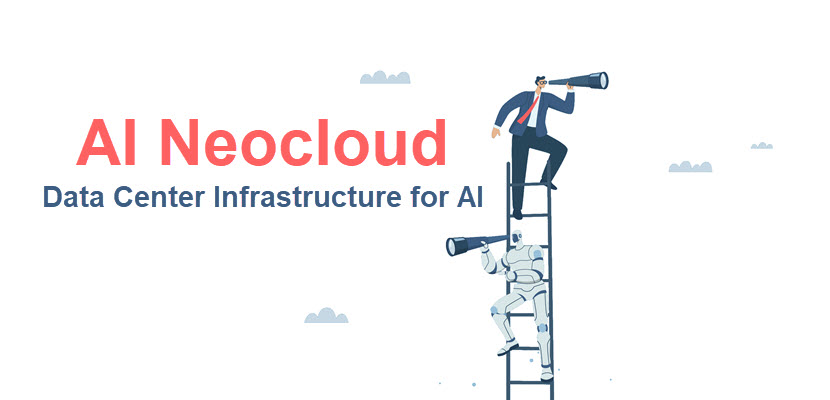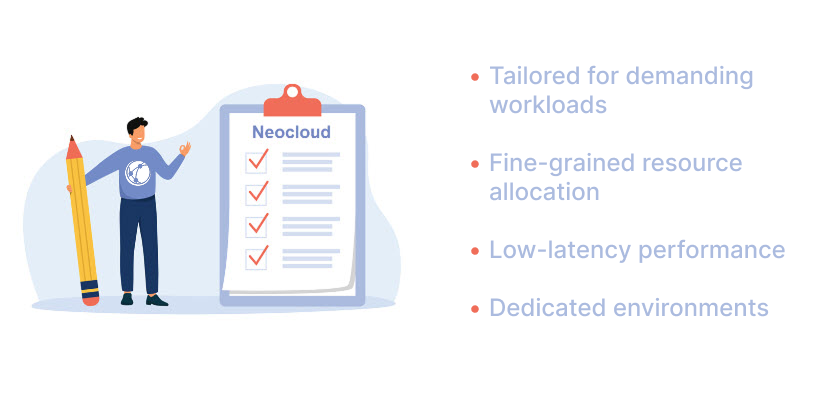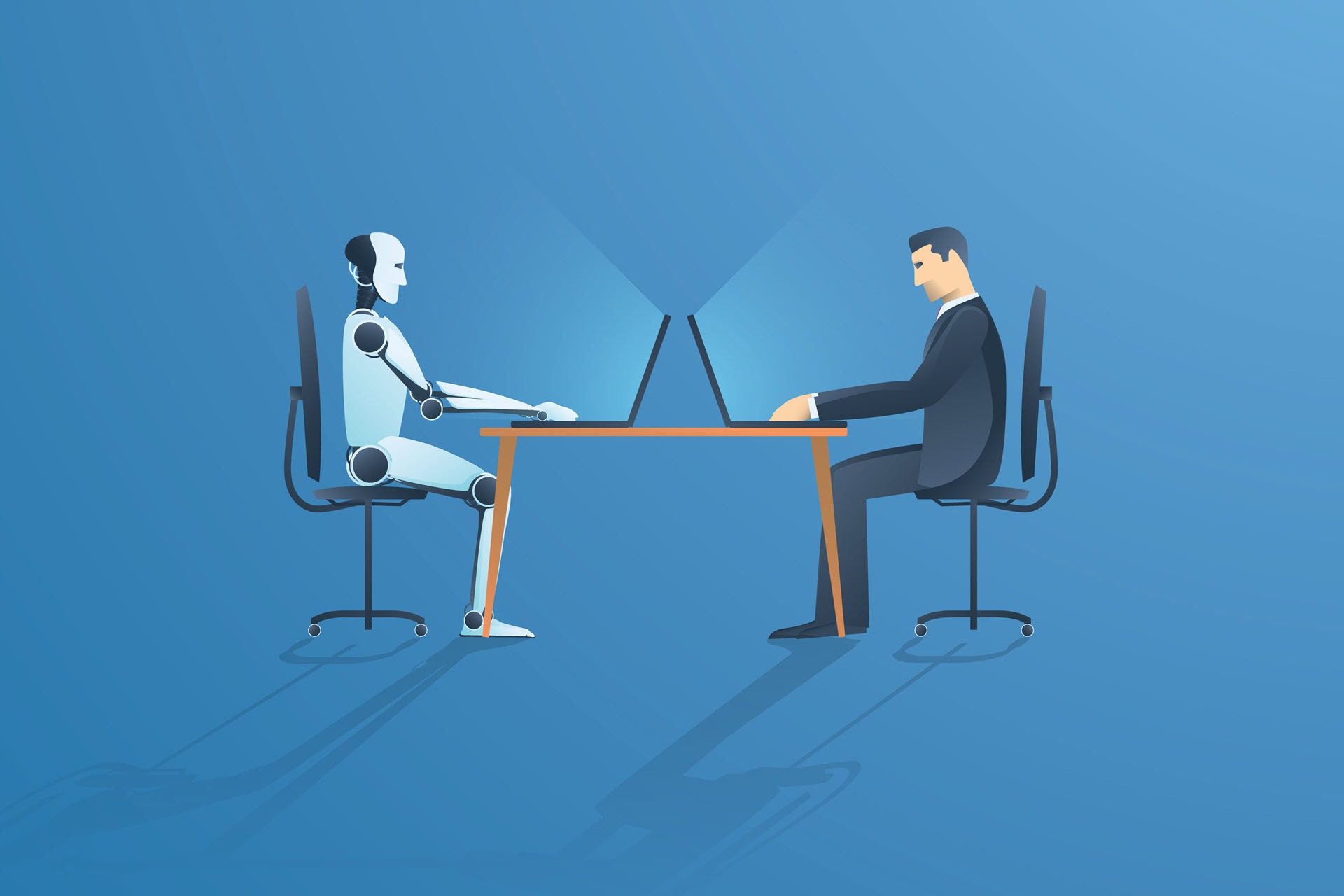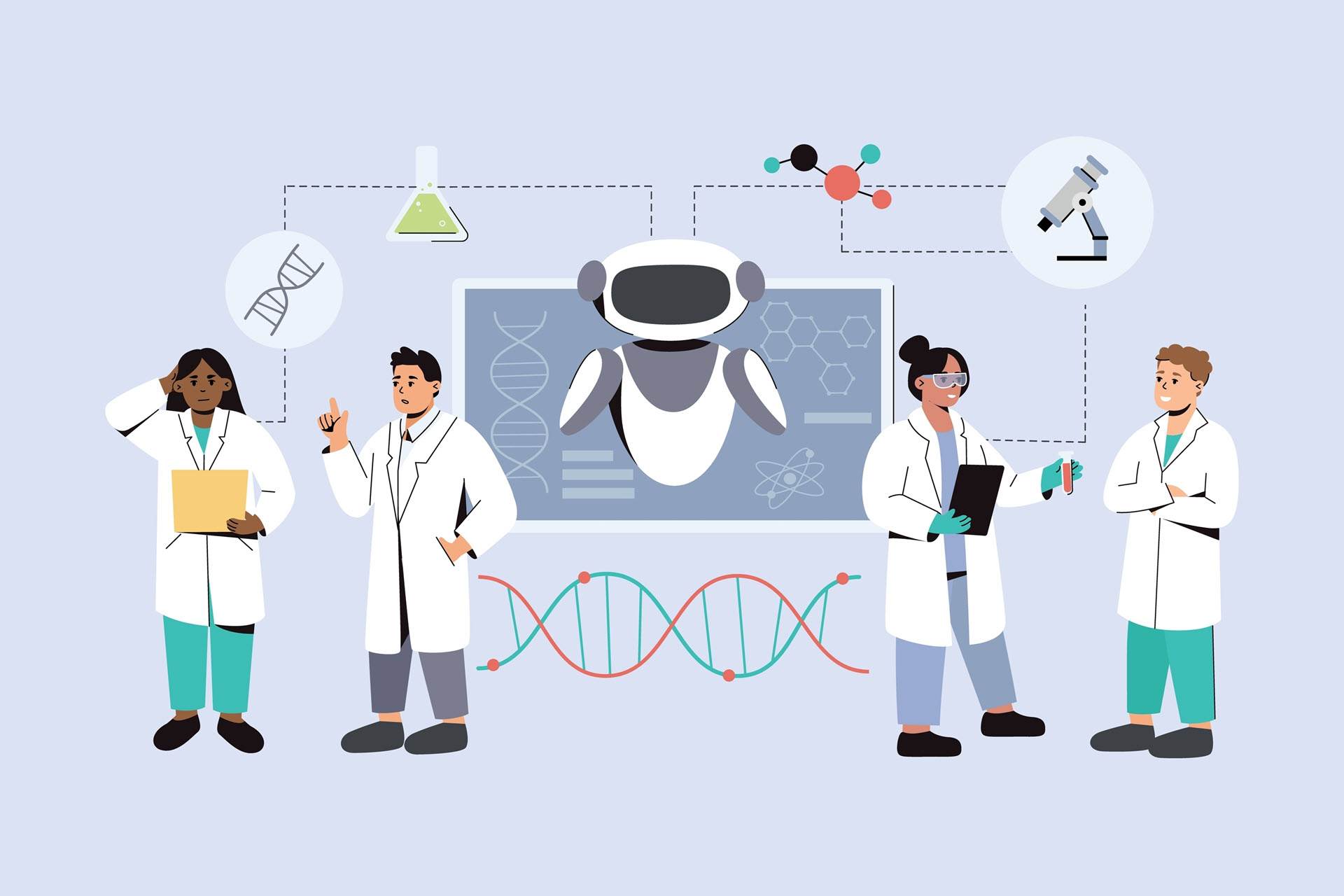Different industries are rapidly adopting AI and driving the demand for specialized infrastructure. AI workloads are complex and compute-intensive, so traditional cloud providers often can't meet all the requirements.
Neocloud is a new type of cloud provider designed to meet the workload requirements of machine learning (ML) and AI. It combines cloud service flexibility with purpose-built infrastructure to fully enable businesses to leverage AI, ML, and similar demanding technologies.
This article explains the role of neocloud in AI and how it supports modern workloads. Continue reading to learn what to look for when choosing a neocloud provider for AI and ML workloads to ensure it meets your business's IT requirements.

What Is Neocloud?
A neocloud is a cloud platform designed to address the limitations of standard hyperscale cloud providers. They are purpose-built and optimized to support GPU computing, which is essential for AI training and inference at scale.
Neoclouds focus on delivering:
- Access to hardware (GPUs, TPUs, and high-bandwidth storage).
- Infrastructure transparency and control.
- A tailored environment that is flexible, scalable, and addresses specific performance requirements.
TPUs may not be available outside of specific providers.
Neocloud providers bridge the gap between bare metal, private clouds, and public clouds, delivering a hybrid-cloud solution that meets modern AI enterprise requirements.
Key Characteristics of a Neocloud
Neocloud platforms have several distinct features, including:
- Specialized hardware. AI workloads require high-speed storage, low-latency networks, and access to high-end GPUs.
- Visibility and control. Users have greater control over hardware and configuration, allowing them to conduct performance tuning.
- Edge and global reach. Latency-sensitive applications benefit from edge deployments provided by neoclouds.
- Purpose-built. The infrastructure is optimized for a specific use case instead of being generalized for all workloads.

Neocloud Infrastructure Explained
Neoclouds combine elements of GPU clusters, high-throughput storage, orchestration tools, and bare-metal servers within a cloud environment. This specific combination enables businesses to do the following things:
- Create environments with control over networking, compute, and storage components.
- Run AI/ML pipelines using dedicated resources and eliminating noisy neighbors.
- Scale resources while ensuring predictable performance.
The architecture often includes regional data centers or edge locations to improve latency. The facilities also include interconnects to improve data transfer speeds between nodes, which is essential when training AI models on large datasets.
Learn how data center site selection impacts TCO and influences data center migration decisions.
Neocloud and AI
AI workloads have unique demands, especially during the model training phase. The extreme demands include:
- High memory bandwidth.
- Great parallel processing power.
- Fast storage with low latency and scalability.
- Network architecture capable of transferring large data volumes.
Neoclouds excel at meeting the workload criteria during the entire AI lifecycle. Traditional cloud environments struggle to meet these demands efficiently due to several factors, including a lack of hardware specialization, oversubscription, and resource contention.
With neoclouds, AI workloads benefit from dedicated GPU and TPU clusters, which minimize training time and ensure predictable performance throughout model training. They also remove bottlenecks due to edge deployments and provide specialized nodes for real-time processing.
Neoclouds also assist organizations with AI workloads by avoiding the costs associated with managing an on-premises environment while delivering a bare-metal experience.
On-premises infrastructure comes with additional maintenance overhead, such as server room design and setting up racks, but also provides several benefits, including greater control over resources and excellent performance due to the absence of external dependencies. For further analysis, see our in-depth comparison between on-premise vs. cloud.
Why AI Needs Specialized Data Center Infrastructure
Machine learning and AI have different workloads when compared to typical enterprises. The value of a neocloud becomes more obvious when considering the following AI requirements:
- Compute. Training AI models requires processing millions (sometimes billions) of parameters in a dataset. They require GPUs, TPUs, and other accelerators to perform matrix operations efficiently.
- Storage. Working with massive datasets requires high-capacity storage with high-speed access. The storage architecture must efficiently handle various sequential, I/O, and caching mechanisms to strike a balance between performance and cost.
- Networking. Model training and deployment require moving data between storage and compute nodes, as well as among distributed training clusters. The network demands include high bandwidth, low latency, advanced interconnects, and edge connectivity.
- Cooling and power. More compute power per rack requires advanced power and cooling plans. The data center designs should include an advanced cooling system, power supply redundancy, and higher rack density.
Neocloud providers address these specific needs through their infrastructure. They enable businesses to receive AI environments without the CapEx and operational complexity of creating their own.
Find out what AI data centers are and how they differ from traditional data centers.
How Do Businesses Use Neocloud for AI?
Various organizations leverage neocloud to accelerate and scale their AI initiatives. Access to dedicated, high-performance infrastructure enables businesses to quickly adapt to the current market and innovate faster, without the burden of maintaining a specialized environment.
Some common use cases include:
- AI-as-a-Service. Companies offer AI functionalities as a service, such as custom APIs based on CNNs or predictive analytics. These companies depend on neoclouds to meet customer demand reliably while maintaining high performance and scalability.
- Data preparation and preprocessing. Large datasets require preprocessing and transforming data into a suitable format. Neocloud provides the storage and computing power to handle data engineering tasks efficiently, eliminating bottlenecks.
- Model training. Deep learning and GPUs go hand-in-hand. Training deep learning models, such as NLP or computer vision, requires large GPU clusters and a reactive storage solution. Neoclouds offer dedicated resources with optimized connections, significantly reducing training time compared to general-purpose instances.
- Real-time inference. Businesses that deploy AI models for real-time technologies (e.g., fraud detection, IoT, autonomous vehicles) utilize neoclouds distributed at the edge to enhance responsiveness and minimize latency.
IoT edge computing brings IoT devices closer to edge servers. This setup helps lower OpEx costs and provides near-zero latency.
Benefits and Challenges of Neocloud for AI and Machine Learning
Neocloud is a compelling solution for AI and ML workloads as it offers numerous benefits for high-performance tasks.
However, as with any technology, they also come with challenges that businesses should consider.
Benefits
The benefits of neocloud for AI and ML include:
- Access to hardware. The best-selling point for neocloud in the AI/ML sphere is on-demand access to high-end hardware (GPUs, TPUs, and fast storage). It eliminates the need to invest in costly hardware and set up on-premises infrastructure.
- Optimized performance. Purpose-built configurations deliver superior performance and predictability when compared to traditional cloud platforms.
- Scalability. Neoclouds are scalable, allowing businesses to adjust their resources dynamically in response to evolving AI workloads.
- Edge deployment. A distributed infrastructure brings the computation hardware closer to users and data sources, facilitating real-time AI inference at the edge.
- Efficiency. Infrastructure management is left to the provider, allowing teams to focus on developing AI and data science applications rather than maintenance and tuning.
Challenges
Although there are many benefits, neoclouds come with several challenges as well:
- Migration complexity. Moving existing AI workflows and data pipelines to a neocloud platform is a difficult task. It requires adjusting the architecture and retraining teams, which is a time-consuming and difficult process.
- Vendor lock-in. Relying on a single provider creates dependencies and lowers flexibility. Switching or adopting a multi-cloud strategy in the future may be difficult.
- Specialization. Utilizing advanced neocloud features requires specialized skills in areas such as GPU programming, workload orchestration, and distributed AI training.
- Cost. Neocloud eliminates CapEx but can incur significant OpEx if the resources are mismanaged. Organizations should monitor the usage and optimize workloads to control and reduce IT costs.
See also our detailed overview of the differences between CapEx vs. OpEx.
What to Look for In a Neocloud Provider for AI?
Choosing the right provider is critical for AI and machine learning projects. Not all providers offer the same benefits, specialization, scalability, or support. Evaluate the most essential criteria to ensure a partnership capable of meeting your workload and business requirements. Look for the following when choosing a neocloud provider:
- Hardware availability. Evaluate your hardware requirements and find a provider that offers access to the right combination of GPUs, TPUs, NVMe storage, and similar. Look for specifications and dedicated resources instead of virtualized instances.
- Performance guarantees. Ensure the provider delivers consistent and predictable performance under heavy AI workloads. Check if there are options to scale up or down dynamically according to current needs.
- Presence. Businesses with applications that require low latency or compliance with regional regulations should evaluate the provider's ability to deploy at the edge or in specific geographic regions.
- Network architecture. Interconnects are essential for multi-node AI training. Look for providers that have high-throughput, low-latency networking between storage and processing nodes.
- Support for AI toolchains. A neocloud platform should seamlessly integrate with common deep learning frameworks (i.e, PyTorch or TensorFlow). Check if the provider offers APIs and orchestration tools for automation.
- Security and compliance. Providers offer and maintain robust security practices to ensure business data security. Evaluate the provider's ability to address compliance requirements in your specific region. Compliance certification should also be relevant to your specific industry (SOC 2, GDPR, HIPAA, etc.).
- Pricing models. Find clear and predictable pricing models to ensure cost transparency. Utilize cloud monitoring tools and employ optimization strategies to manage operational costs efficiently.
Cloud monitoring is also an integral element of cloud security. For additional factors, refer to our cloud security strategy list.
AI Neocloud and Future
AI technologies are rapidly evolving and reshaping how businesses approach infrastructure design and deployment. Neocloud platforms are gradually assuming a central role in this transformation and will continue to do so as AI models become increasingly complex and data volumes continue to grow.
Large language models (LLMs), generative AI, and multimodal AI systems require even more compute and memory resources. IoT devices and autonomous systems generate massive data at the edge.
Organizations are required to blend public, private, on-premises, and neocloud resources to balance and address all these needs. With AI workloads consuming significant power, neocloud providers are adopting greener practices, such as liquid cooling, renewable energy sourcing, and optimized workload scheduling to reduce environmental impact.
Learn more about data center sustainability, where power and cooling designs play a critical role.
Neocloud: Enabling the Future of AI
AI and machine learning will continue driving a new era of innovation by placing extraordinary demands on infrastructure. Neocloud will continue to evolve and offer even more specialized environments to help businesses integrate and innovate with AI.
By partnering with the right neocloud provider, businesses can leverage the potential of AI and stay ahead in an increasingly competitive marketplace. Choosing a provider that offers robust support, scalable resources, and tailored solutions ensures that AI initiatives are implemented efficiently and effectively.



